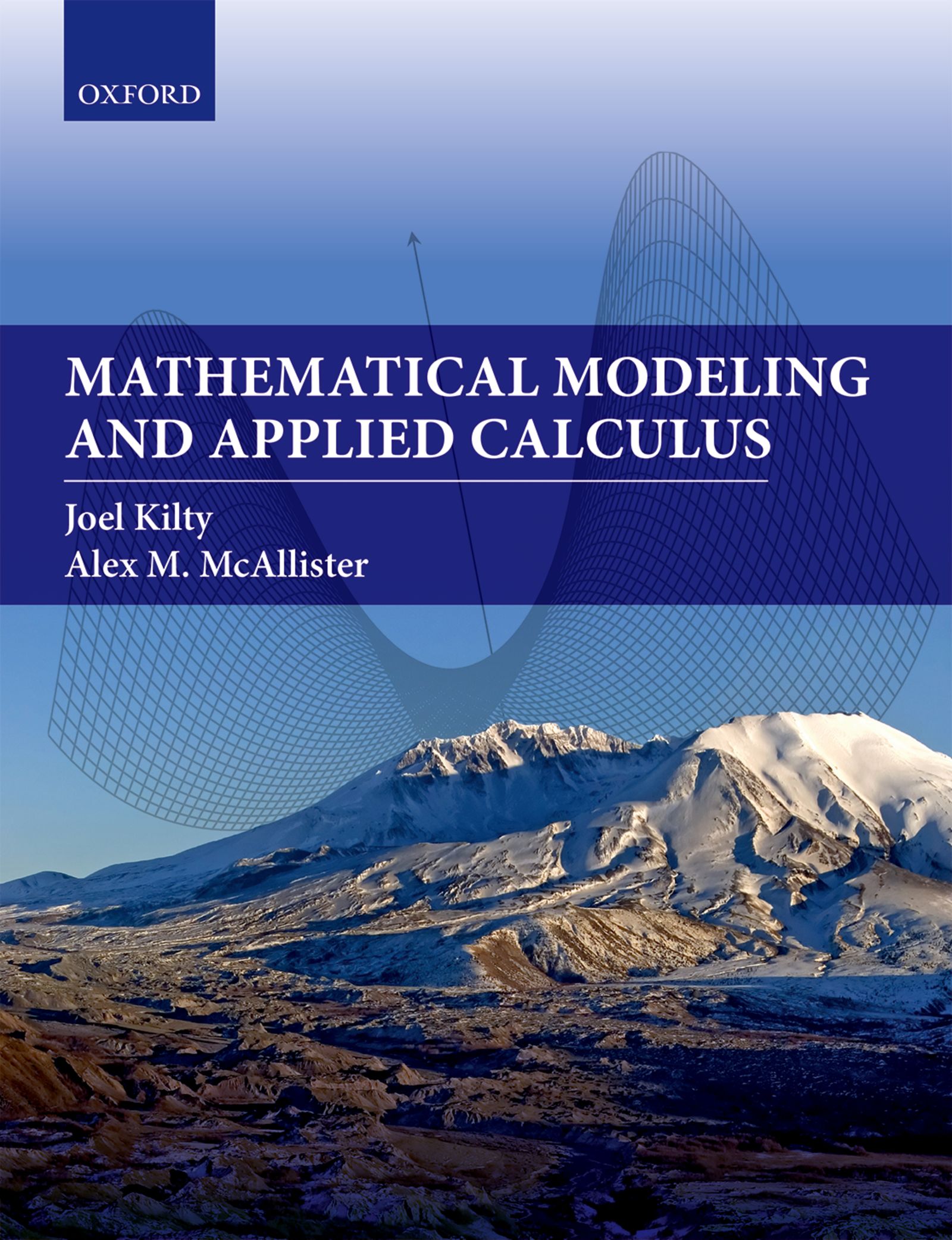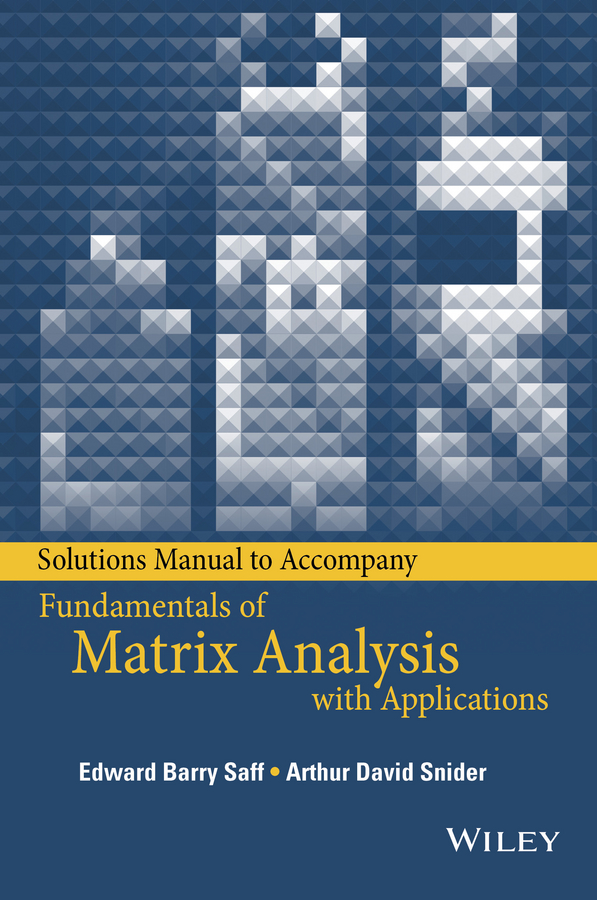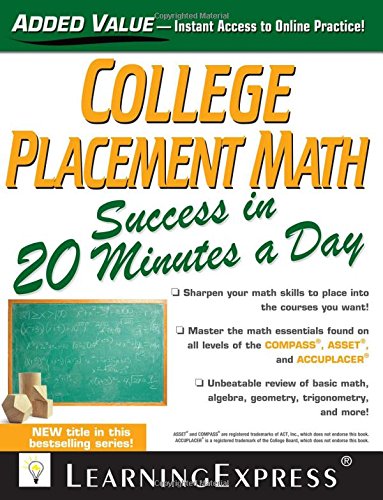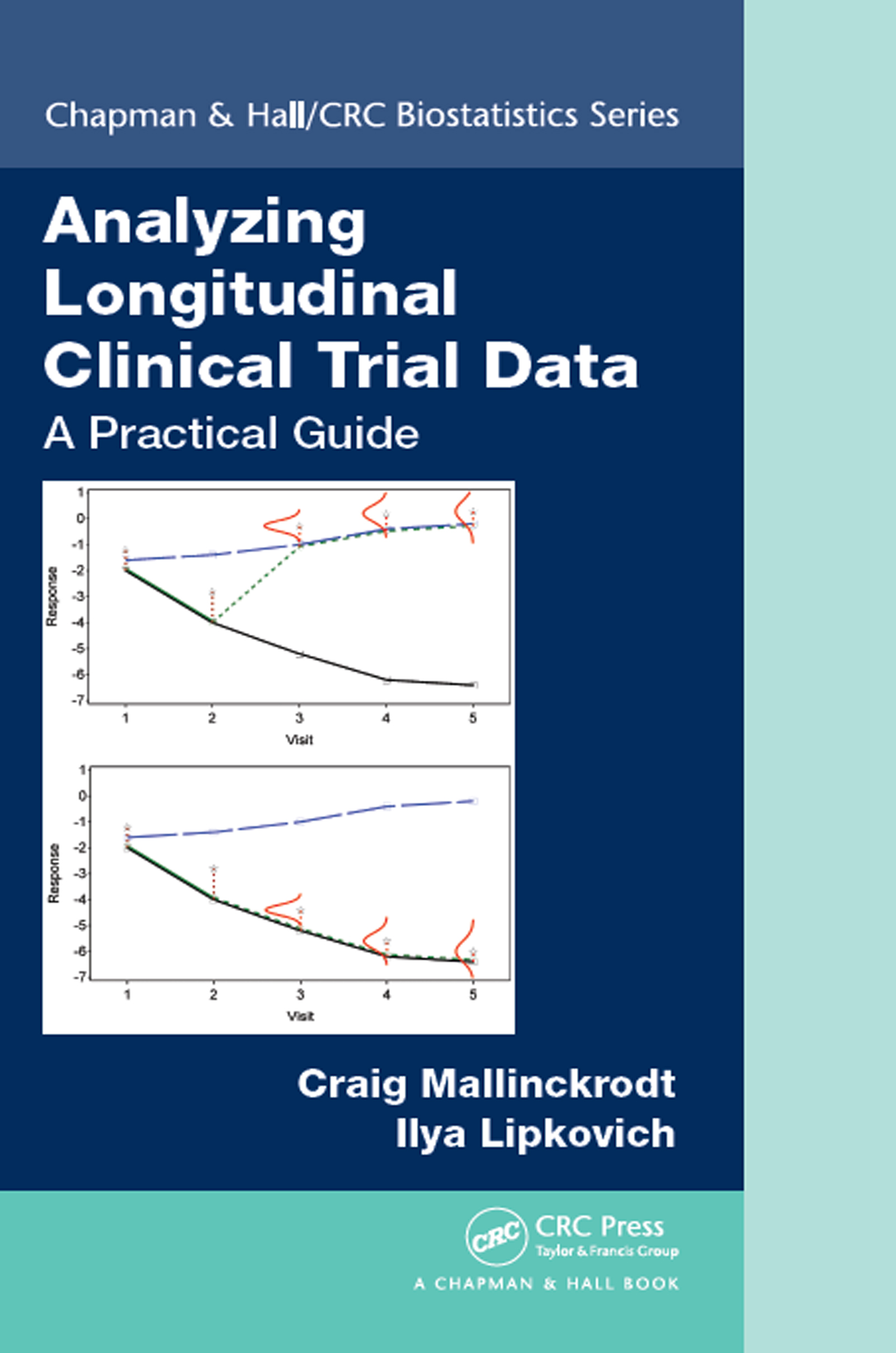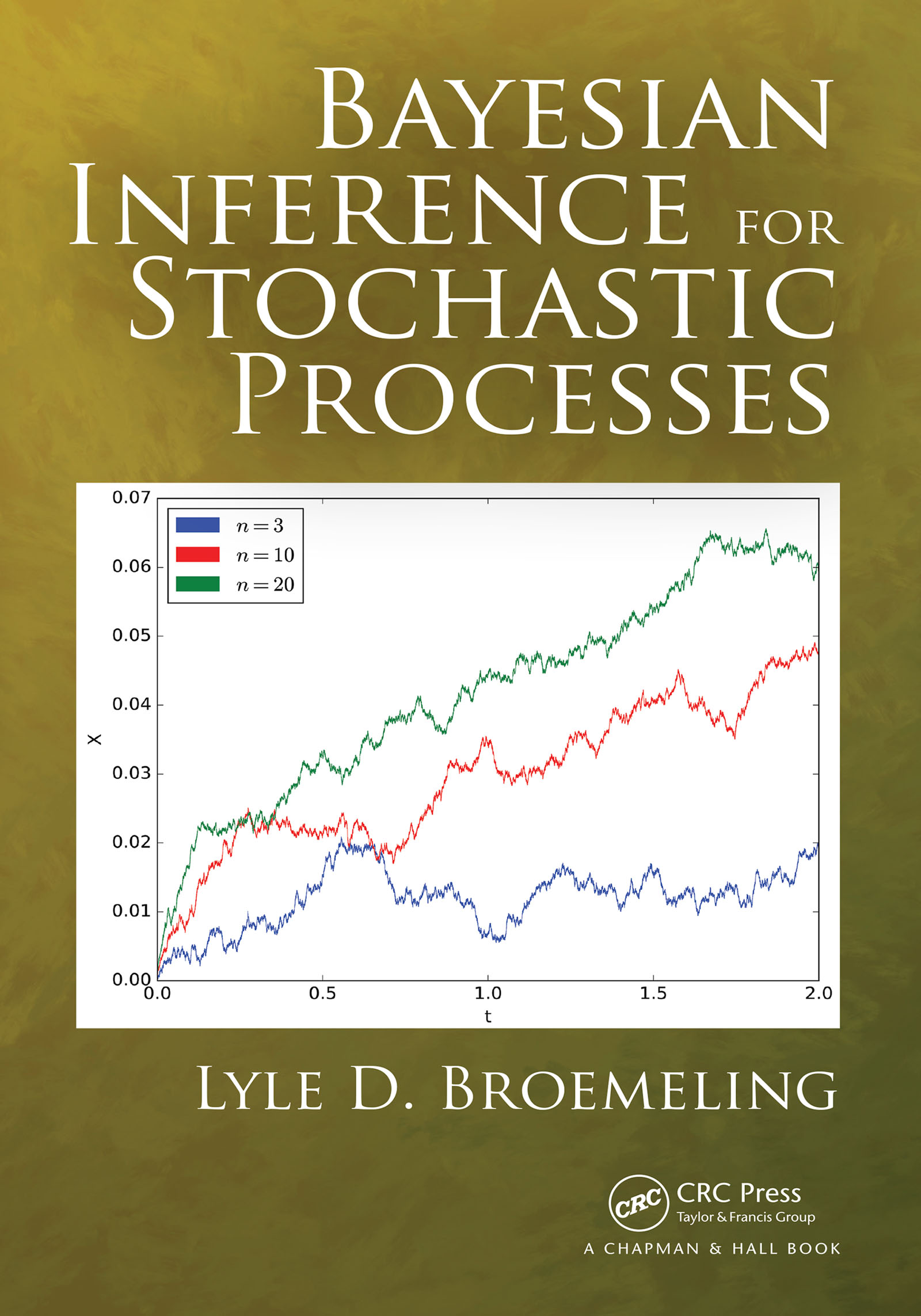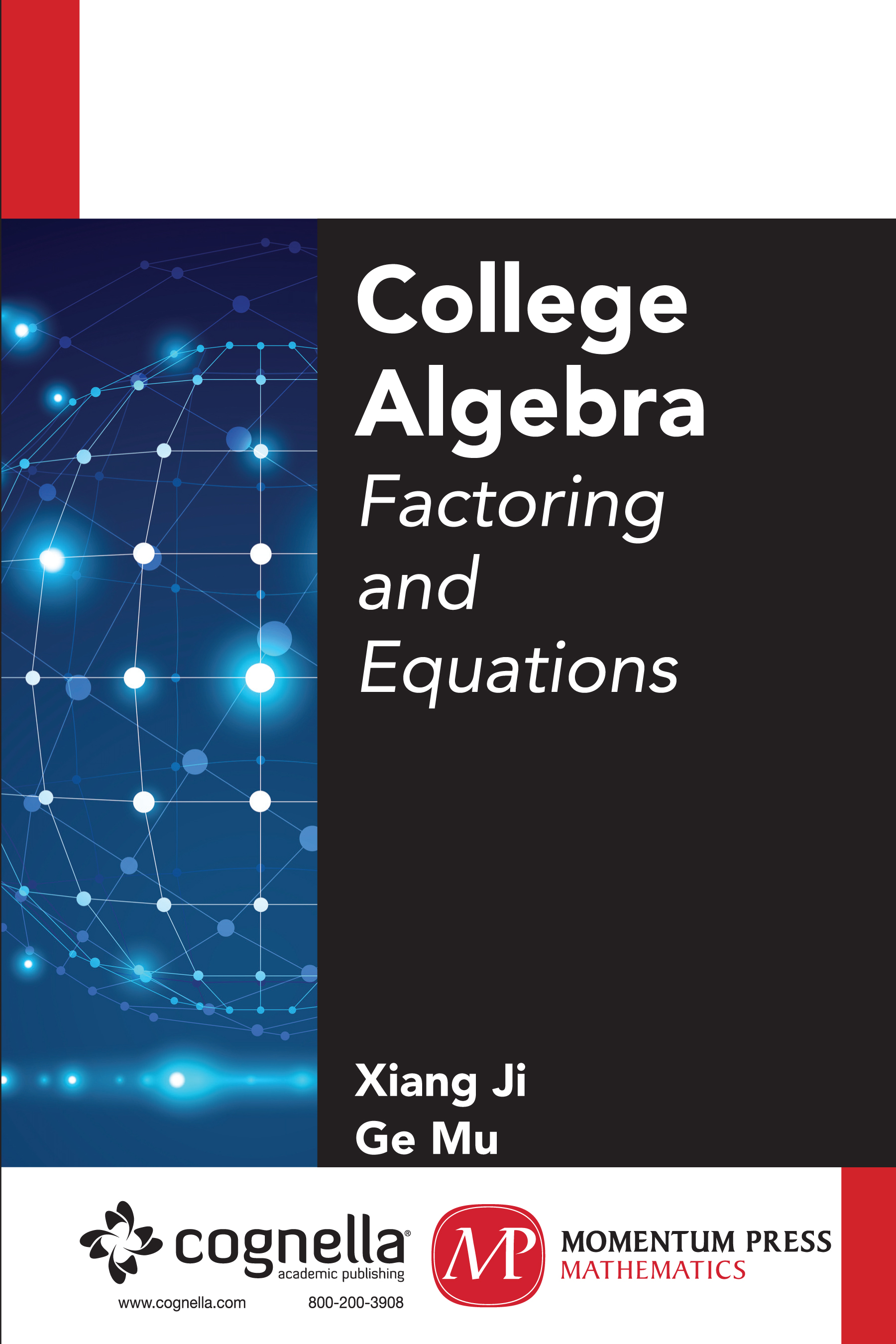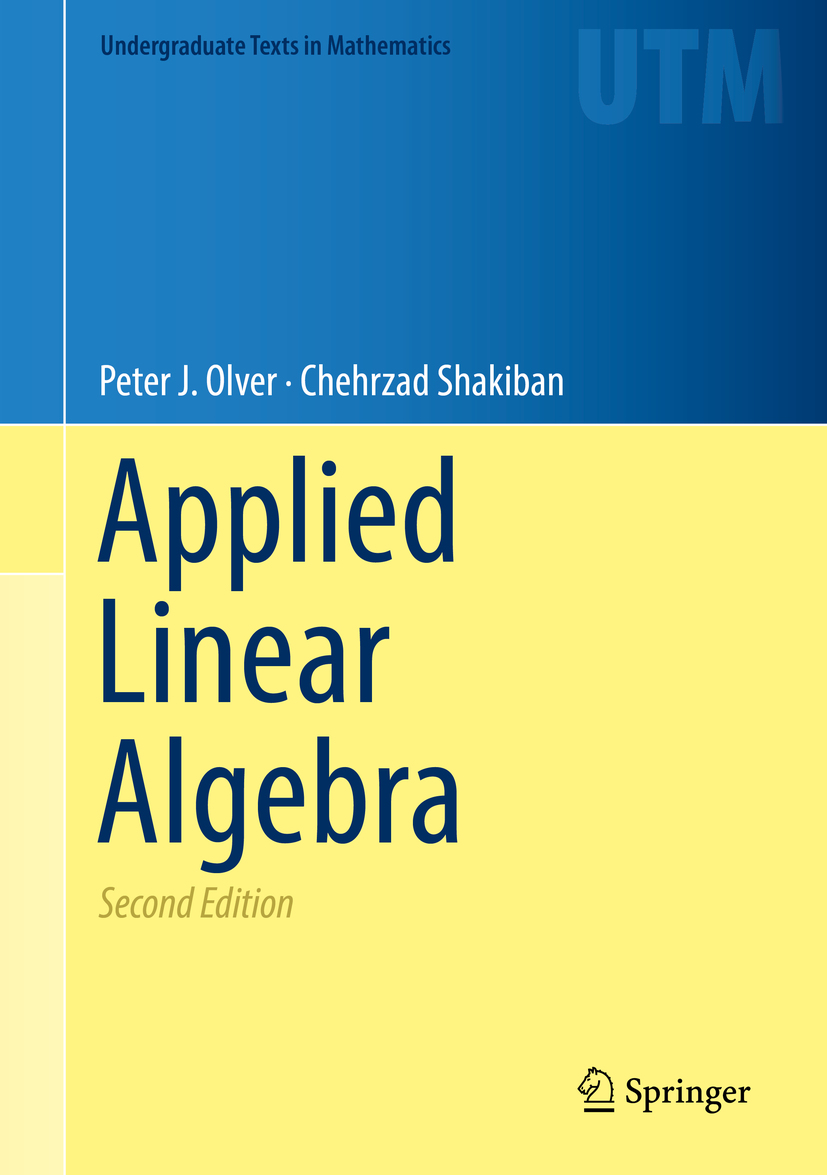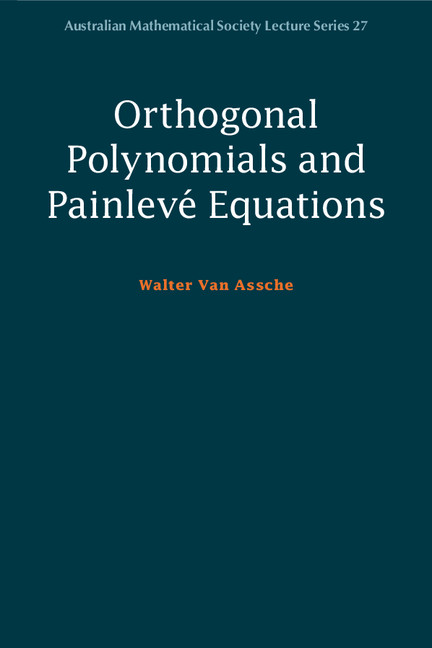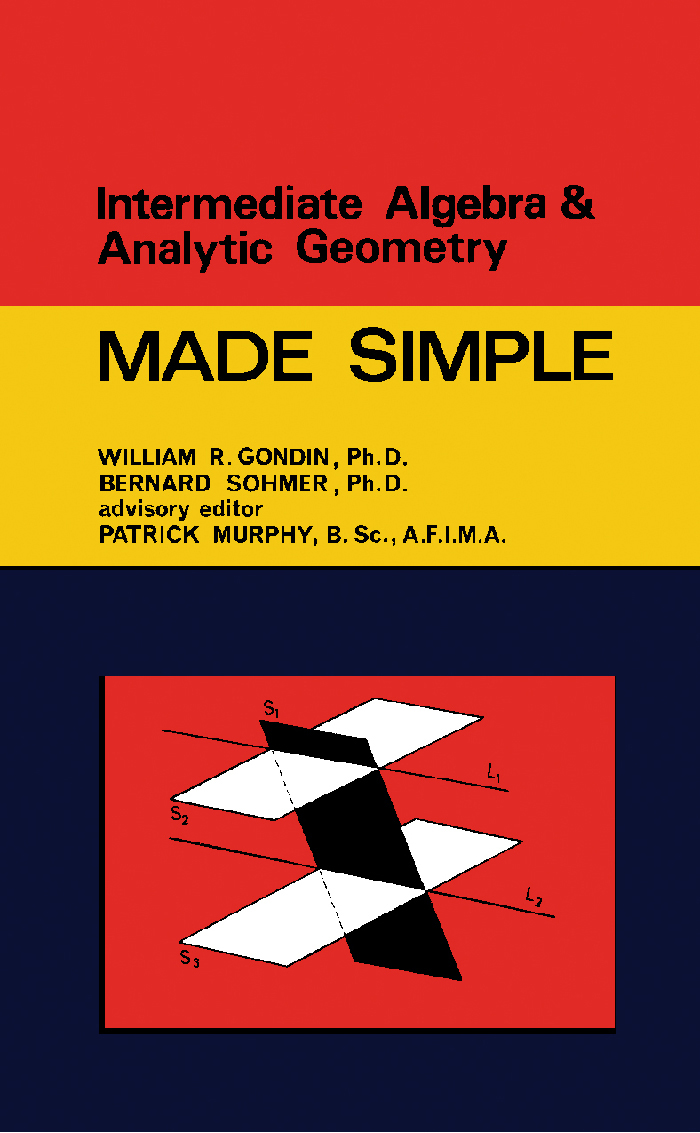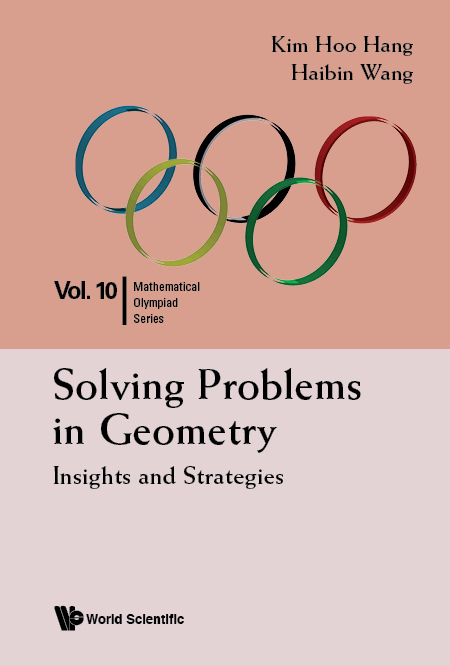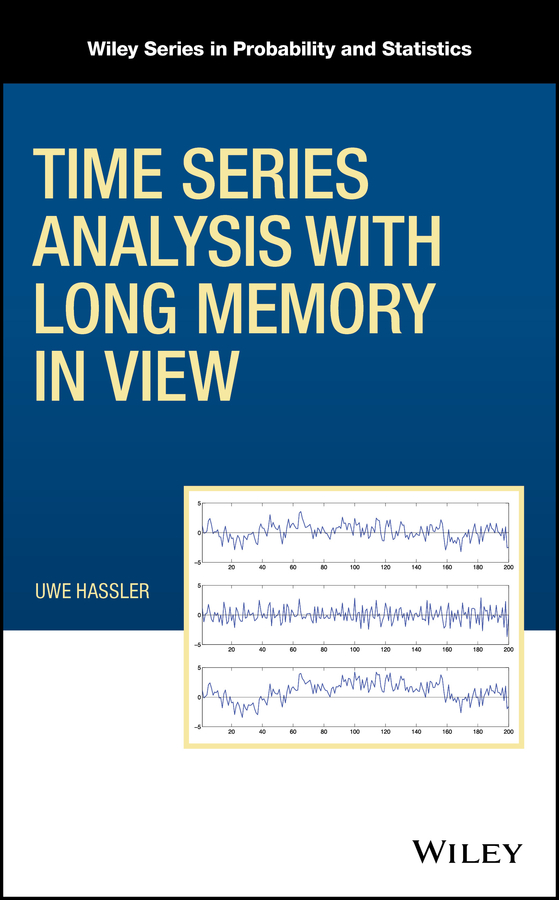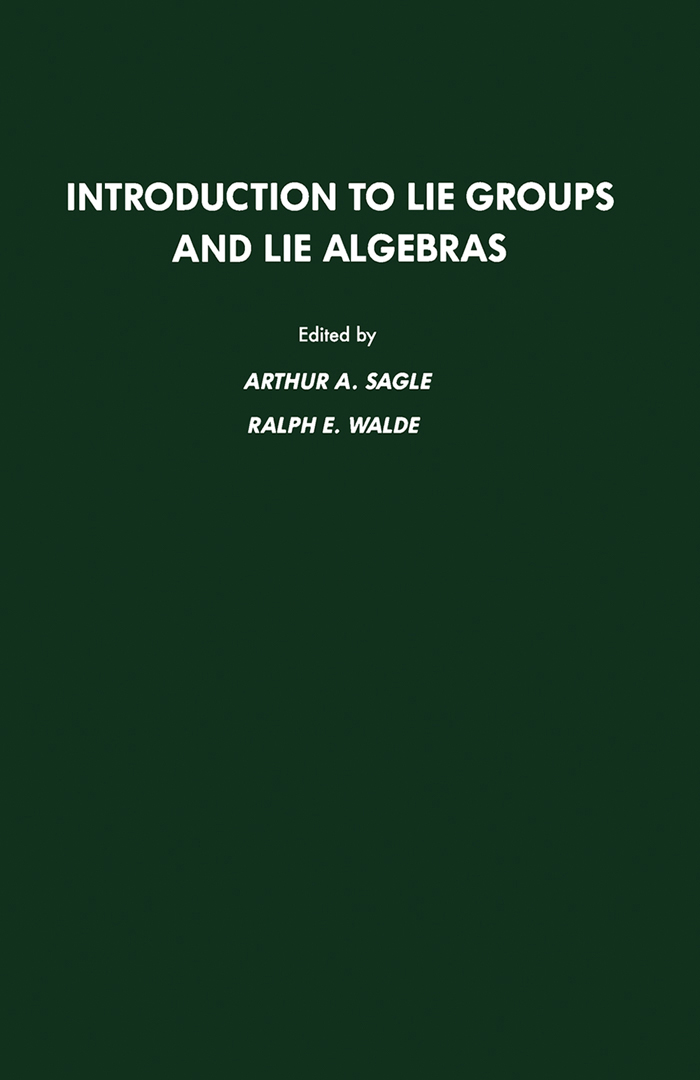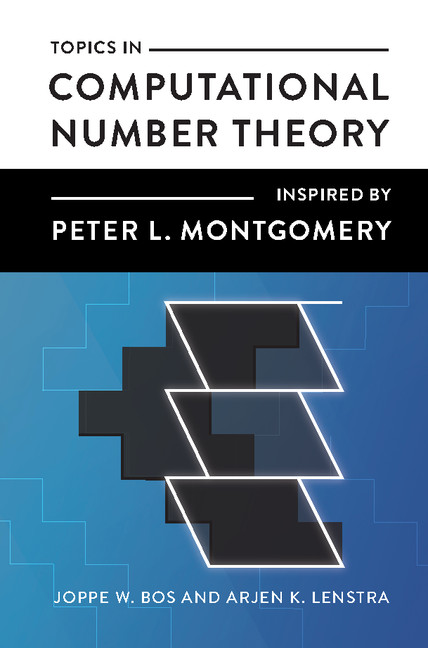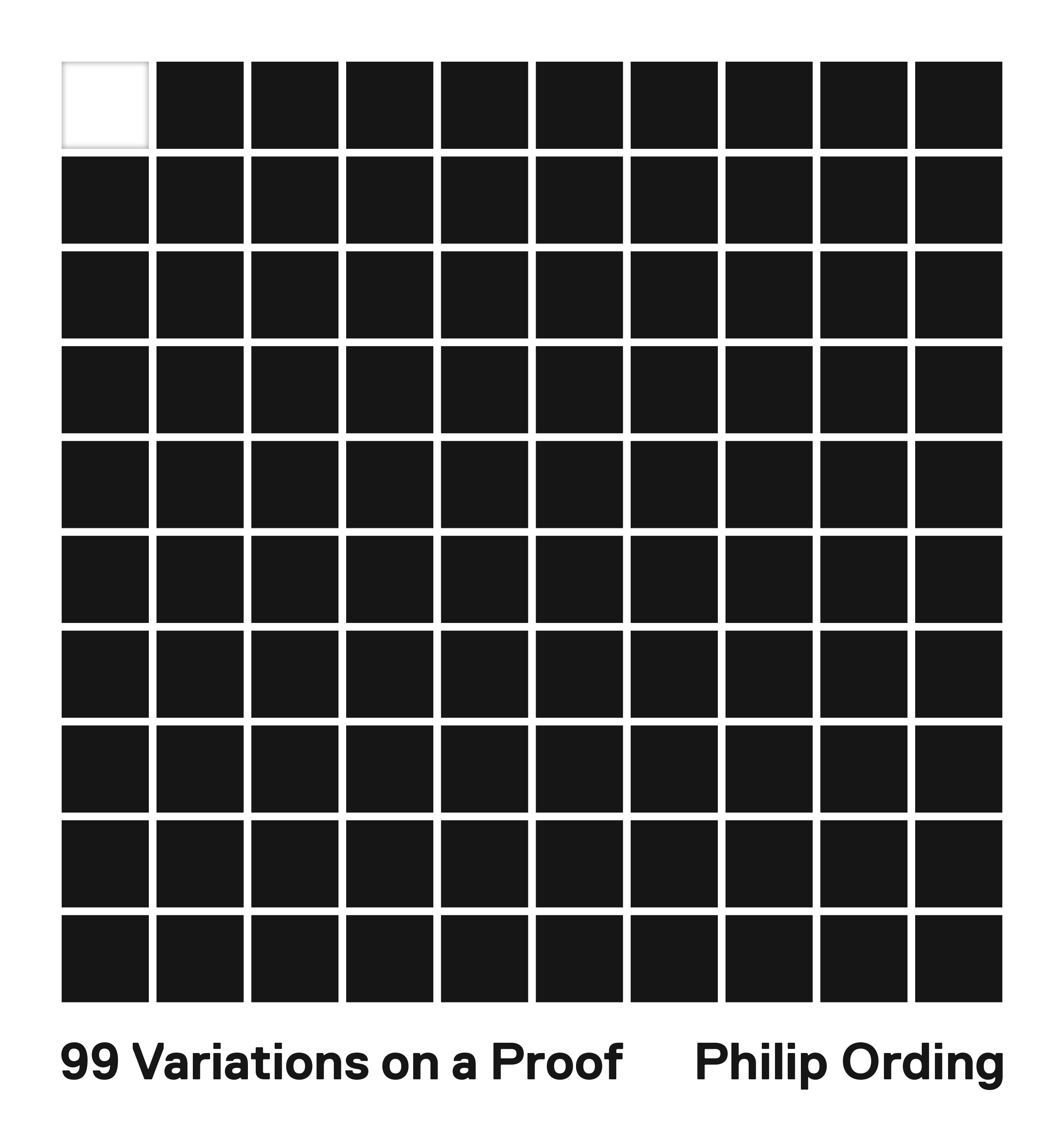Bousfield Classes and Ohkawa's Theorem
Bousfield Classes and Ohkawa's Theorem
This volume originated in the workshop held at Nagoya University, August 28–30, 2015, focusing on the surprising and mysterious Ohkawa's theorem: the Bousfield classes in the stable homotopy category SH form a set. An inspiring, extensive mathemati...
Read more
This volume originated in the workshop held at Nagoya University, August 28–30, 2015, focusing on the surprising and mysterious Ohkawa's theorem: the Bousfield classes in the stable homotopy category SH form a set. An inspiring, extensive mathematical story can be narrated starting with Ohkawa's theorem, evolving naturally with a chain of motivational questions: Ohkawa's theorem states that the Bousfield classes of the stable homotopy category SH surprisingly forms a set, which is still very mysterious. Are there any toy models where analogous Bousfield classes form a set with a clear meaning? The fundamental theorem of Hopkins, Neeman, Thomason, and others states that the analogue of the Bousfield classes in the derived category of quasi-coherent sheaves D qc(X) form a set with a clear algebro-geometric description. However, Hopkins was actually motivated not by Ohkawa's theorem but by his own theorem with Smith in the triangulated subcategory SHc , consisting of compact objects in SH. Now the following questions naturally occur: (1) Having theorems of Ohkawa and Hopkins-Smith in SH, are there analogues for the Morel-Voevodsky A1-stable homotopy category SH(k), which subsumes SH when k is a subfield of C?, (2) Was it not natural for Hopkins to have considered D qc(X) c instead of D qc(X)? However, whereas there is a conceptually simple algebro-geometrical interpretation D qc(X) c = D perf(X), it is its close relative D b coh(X) that traditionally, ever since Oka and Cartan, has been intensively studied because of its rich geometric and physical information. This book contains developments for the rest of the story and much more, including the chromatics homotopy theory, which the Hopkins–Smith theorem is based upon, and applications of Lurie's higher algebra, all by distinguished contributors.
Less





